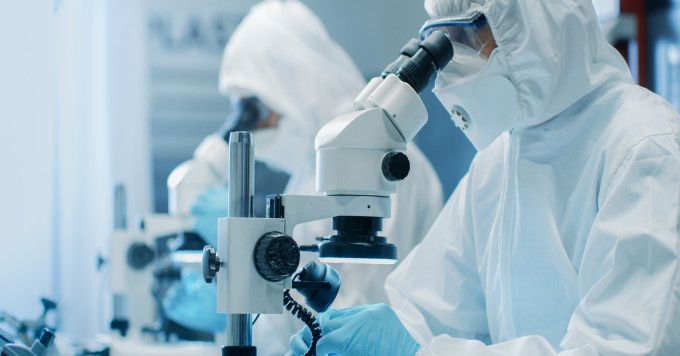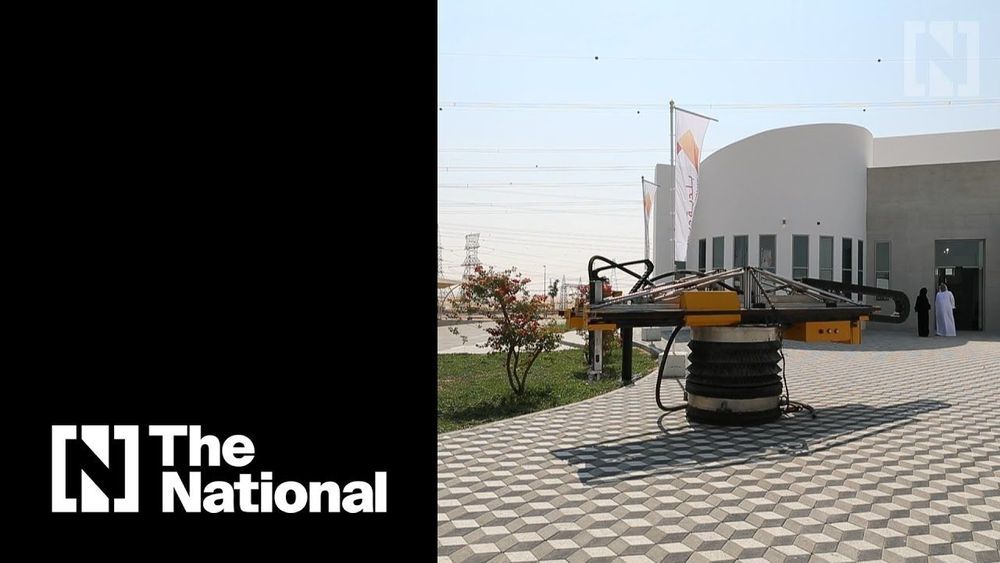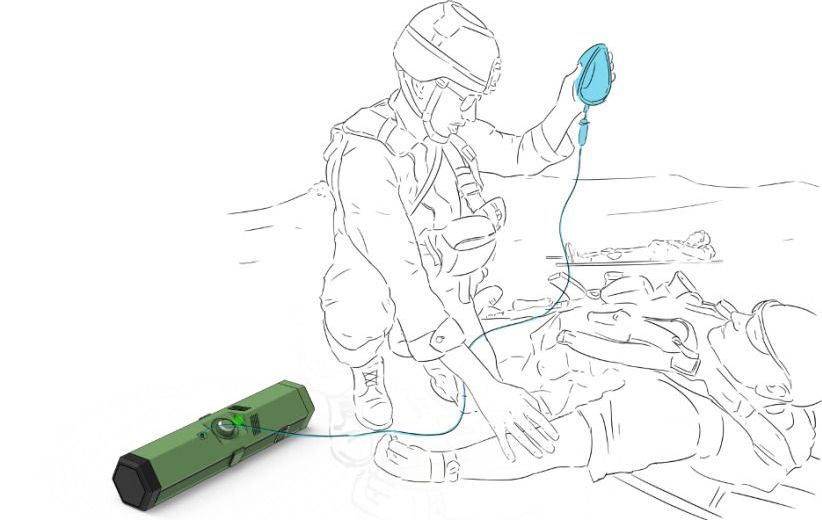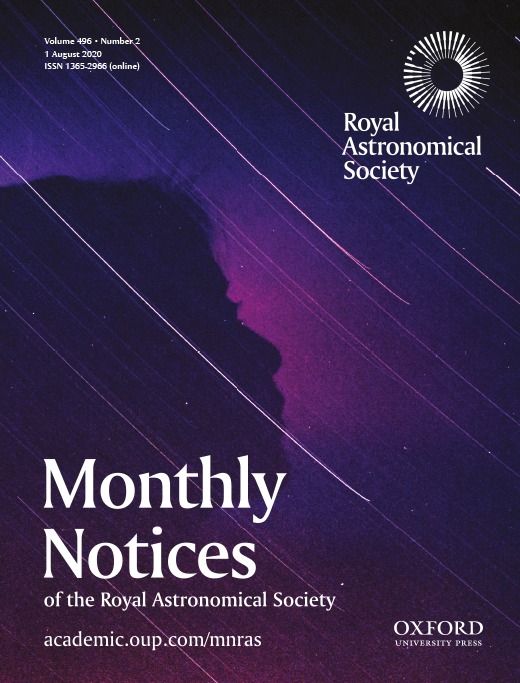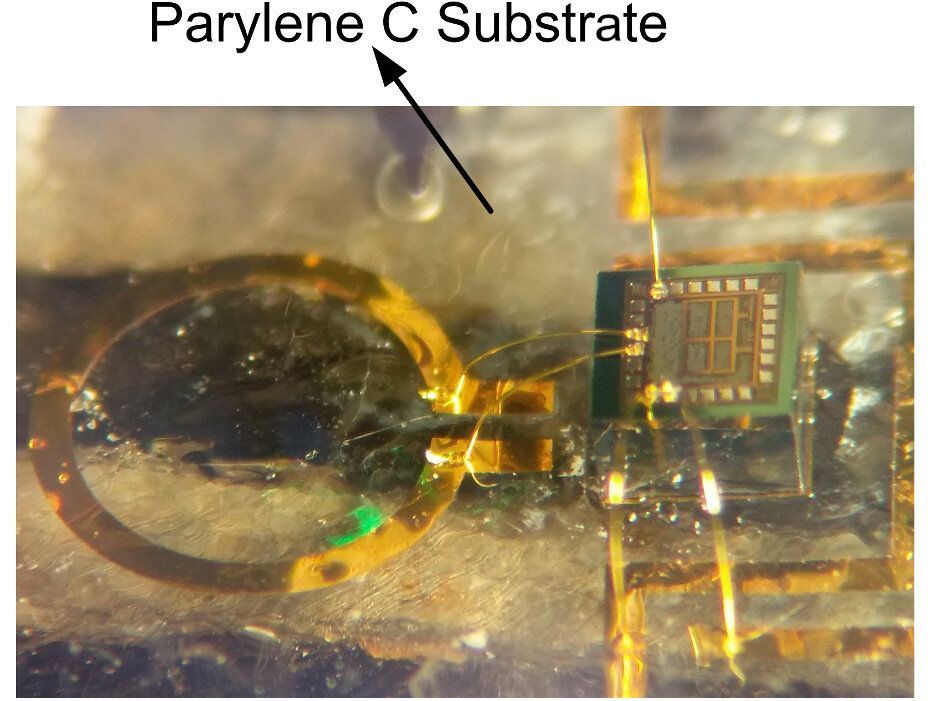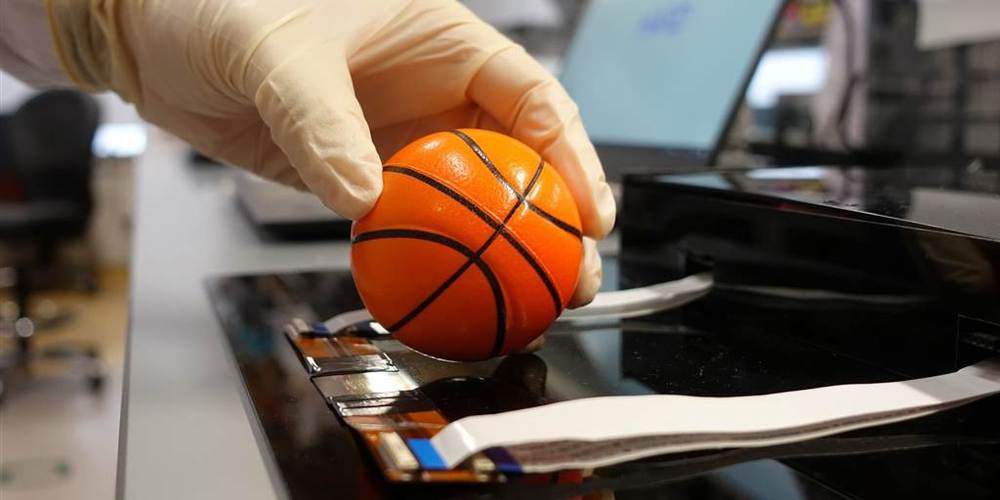Aug 4, 2020
Critically ill COVID-19 patients make quick recovery with treatment RLF-100
Posted by Quinn Sena in category: biotech/medical
TEL AVIV — Critically ill COVID-19 patients recovered rapidly from respiratory failure after three days of treatment with RLF-100, a therapy granted fast-track designation in the United States, two drug companies said Sunday.
Geneva-based Relief Therapeutics Holdings AG RFLB.S has a patent for RLF-100, or aviptadil, a synthetic form of a natural peptide that protects the lung. US-Israeli NeuroRx Inc. partnered with Relief to develop the drug in the United States.
In June the US Food and Drug Administration granted fast-track designation to RLF-100 for treatment of respiratory distress in COVID-19.
